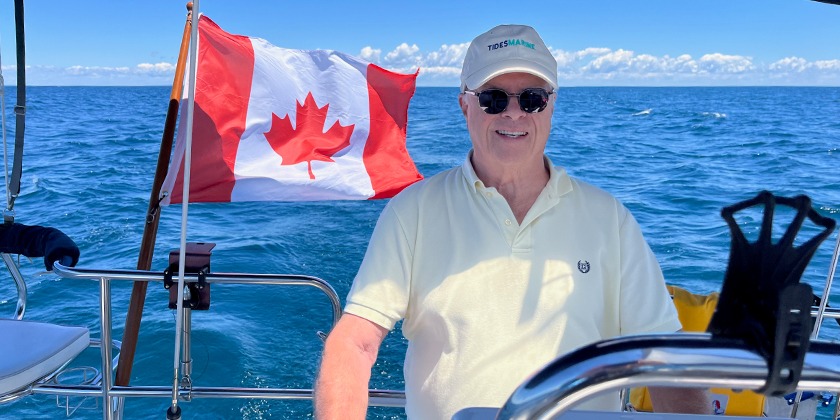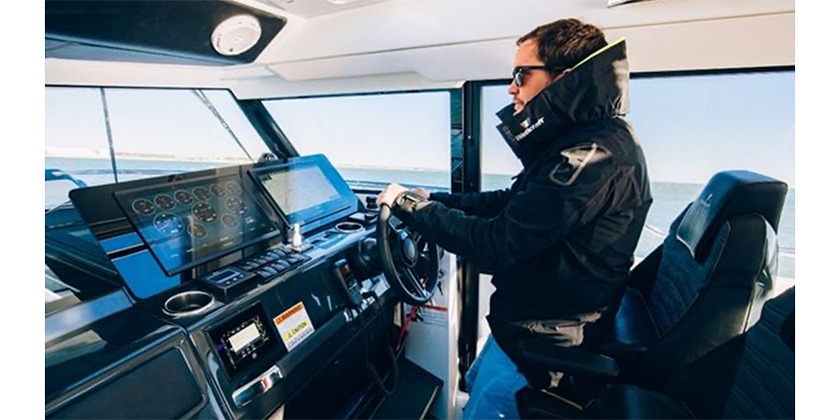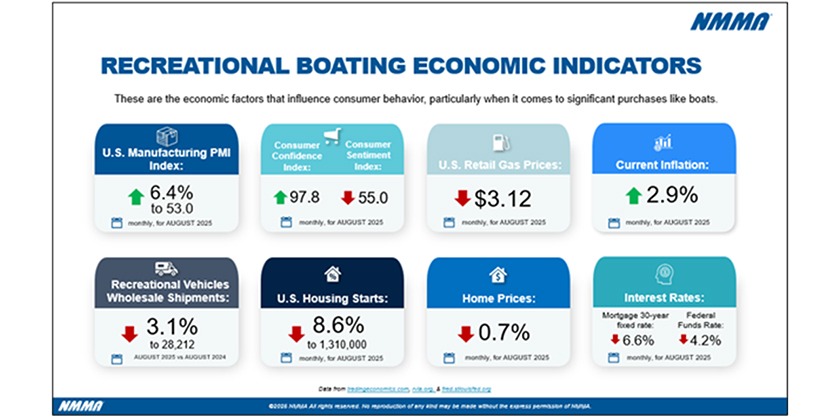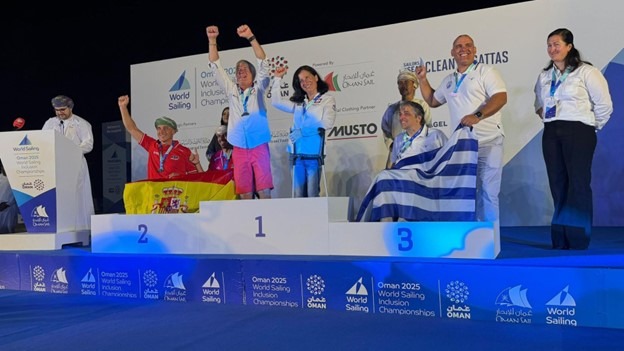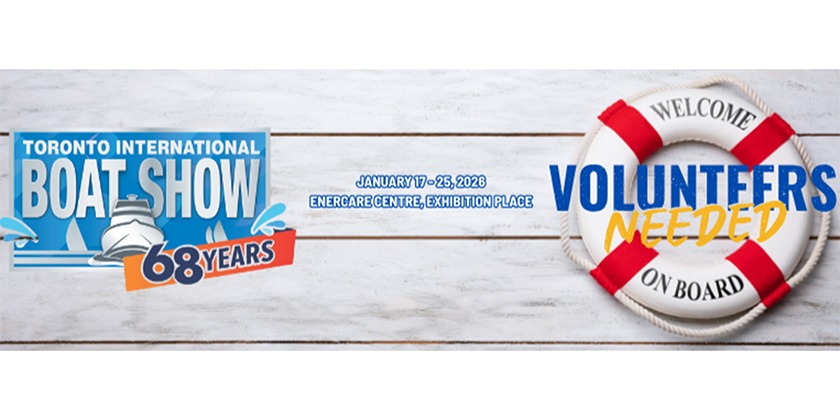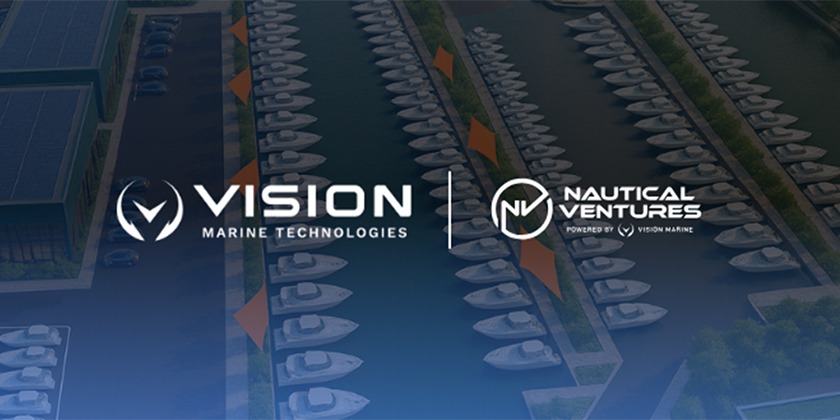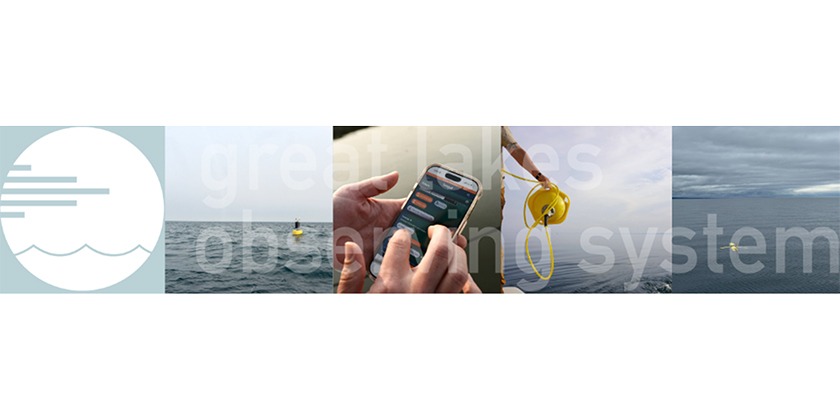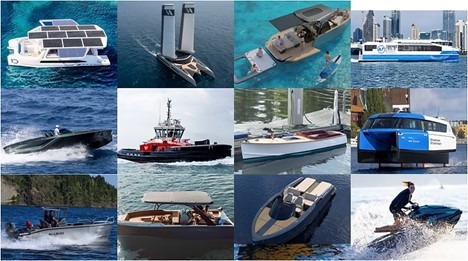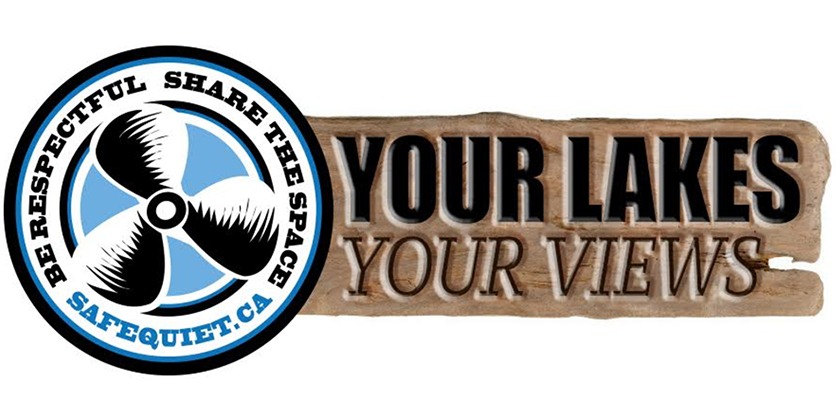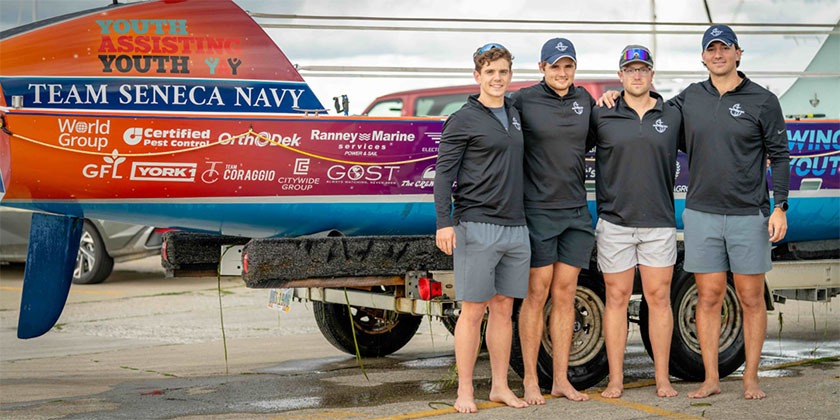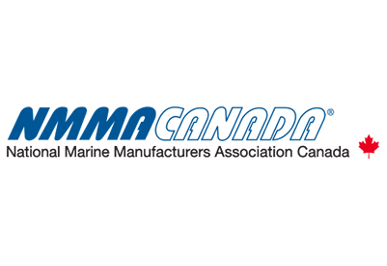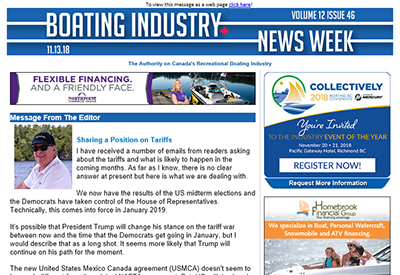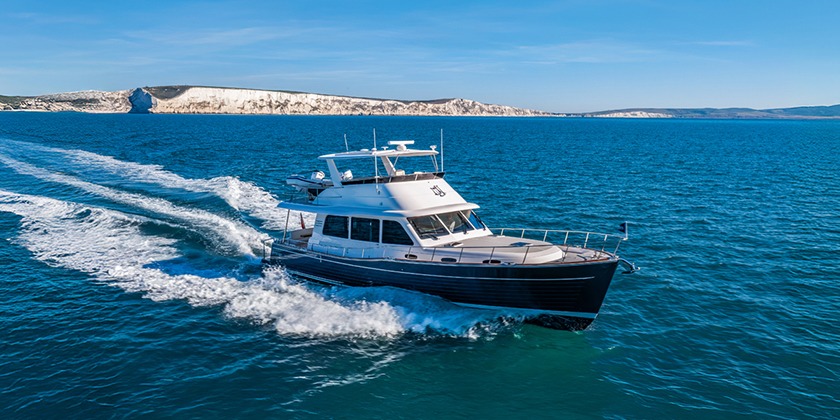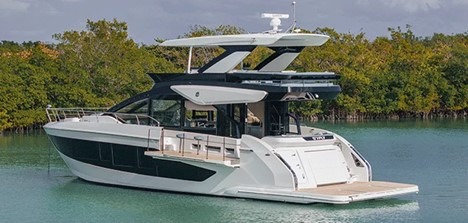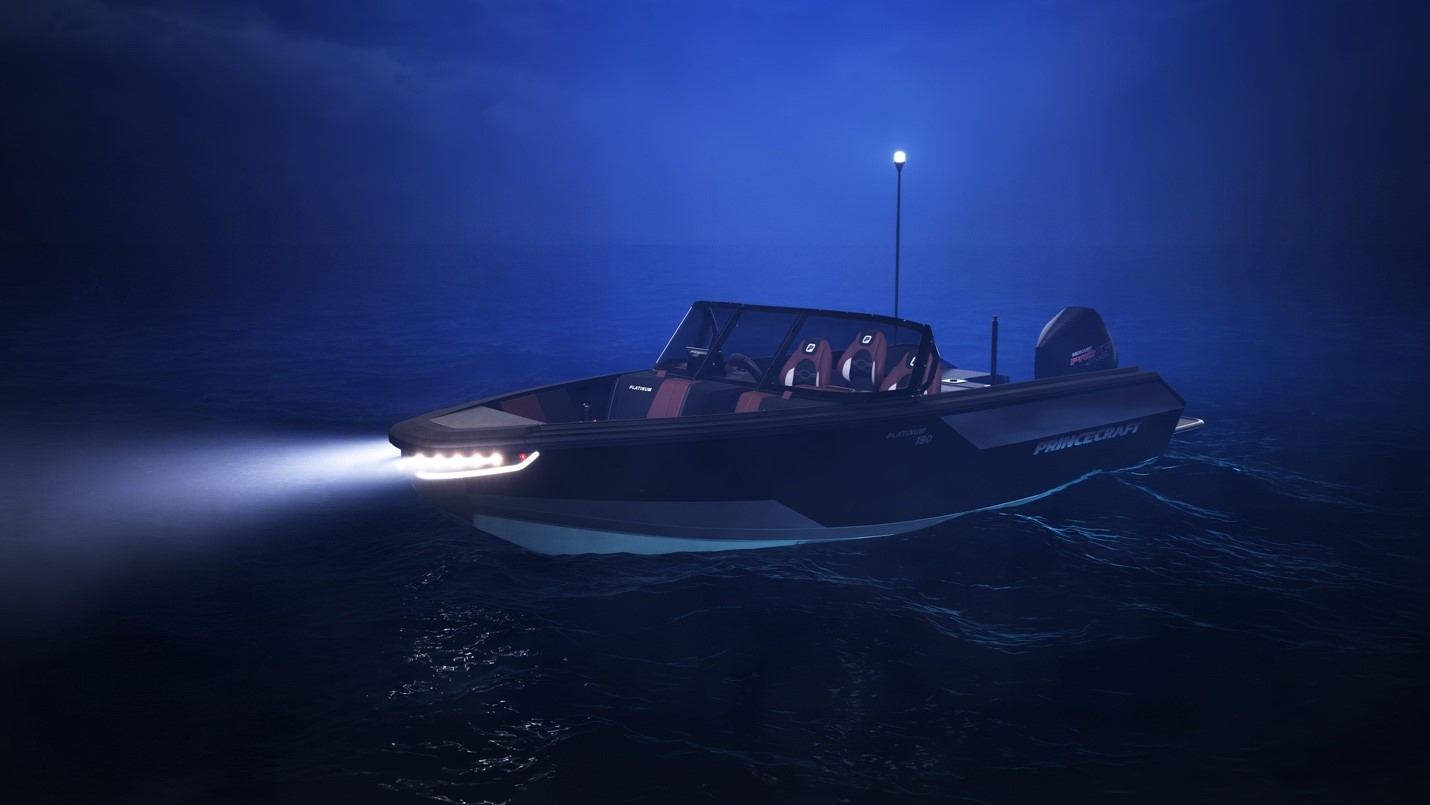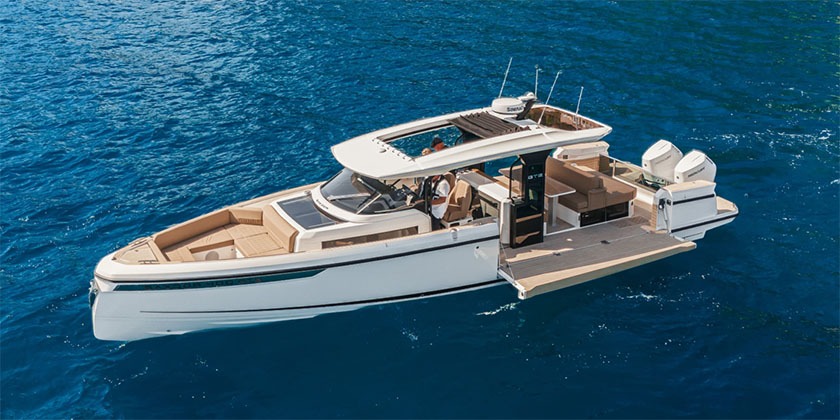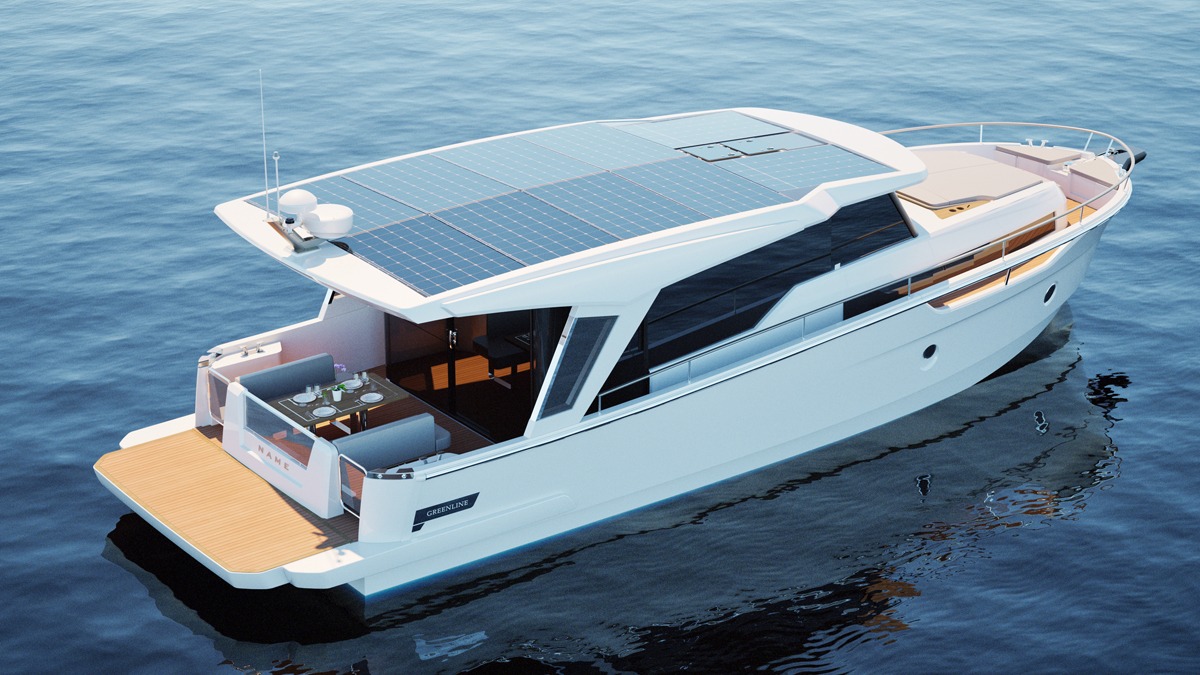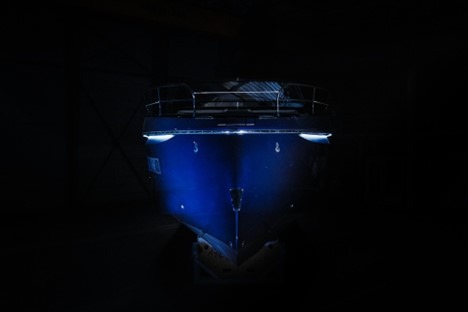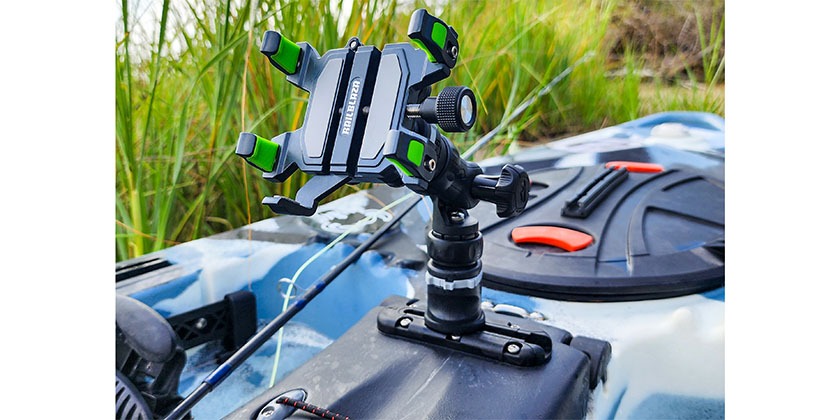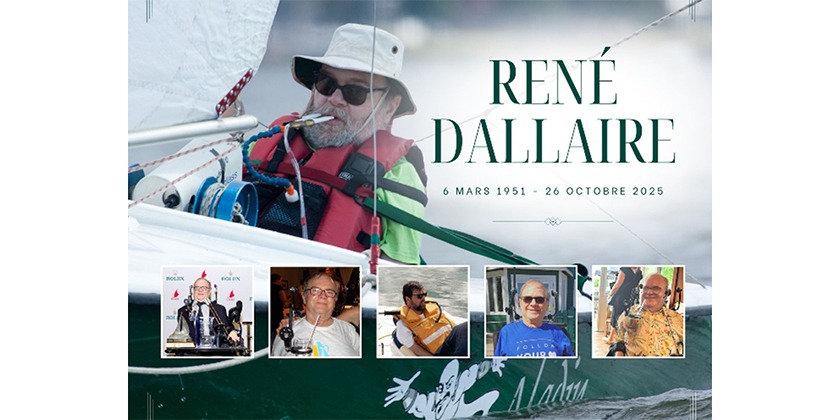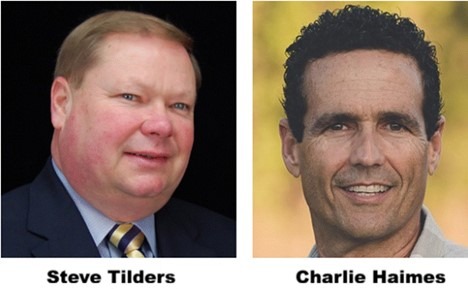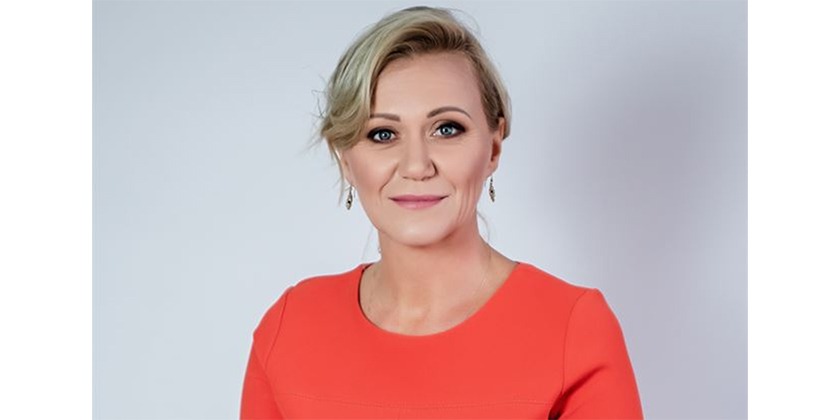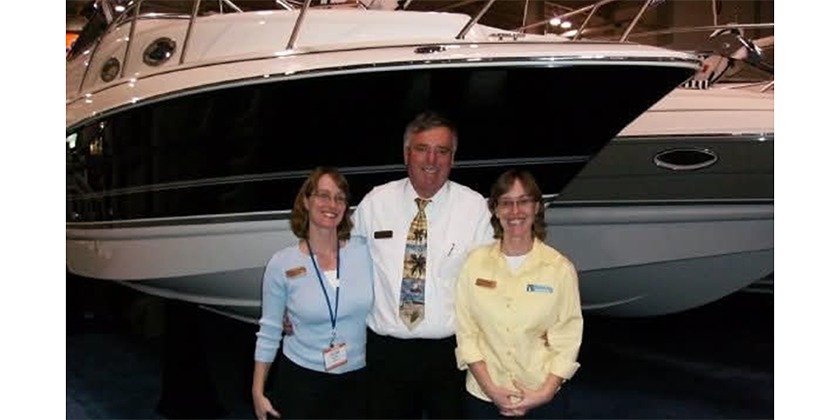NO POWER? A RITCHIE COMPASS STILL WORKS
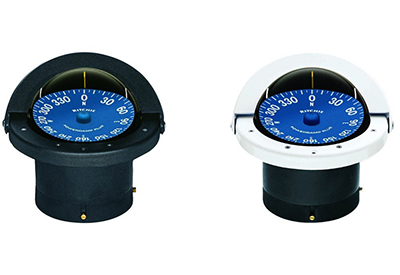
Apr 6, 2021
In the event of an onboard power failure, a Ritchie Navigation Helmsman series compass will still work. Plus, it’ll do something a GPS can’t if the vessel is trolling, or moving slowly due to fog: show actual heading in real-time. Complementary to modern electronics, it’s a 2,000-year old technology that remains a vital navigational tool aboard any boat.
The flush-mounted Ritchie Helmsman is available with an Open Face Dial (HF-742) with degree marks on the top of the card or CombiDial (HF-743) with an additional set along the periphery. Both have 45° lubber lines for easy reference away from centerline. The 3-3/4″ black or white CombiDamp dials ride on a sapphire jewel set upon a hardened steel gimbal. Combined with DirectiveForce™ magnets, the compass is stable and accurate even in extreme sea conditions.
Designed by boaters, Helmsman compasses have Ritchie’s exclusive green NiteVu illumination built in. A movable sun shield reduces glare.
Often, compasses are affected by where they’re installed. Not so with the Ritchie Helmsman. Built-in compensators adjust for deviation. It fits a standard 4″ mounting hole and secures with four screws.
Ritchie Navigation Helmsman HF-742 and HF-743 compasses are available with black or white housings to match any boat décor. They cost $222.44 USD.

